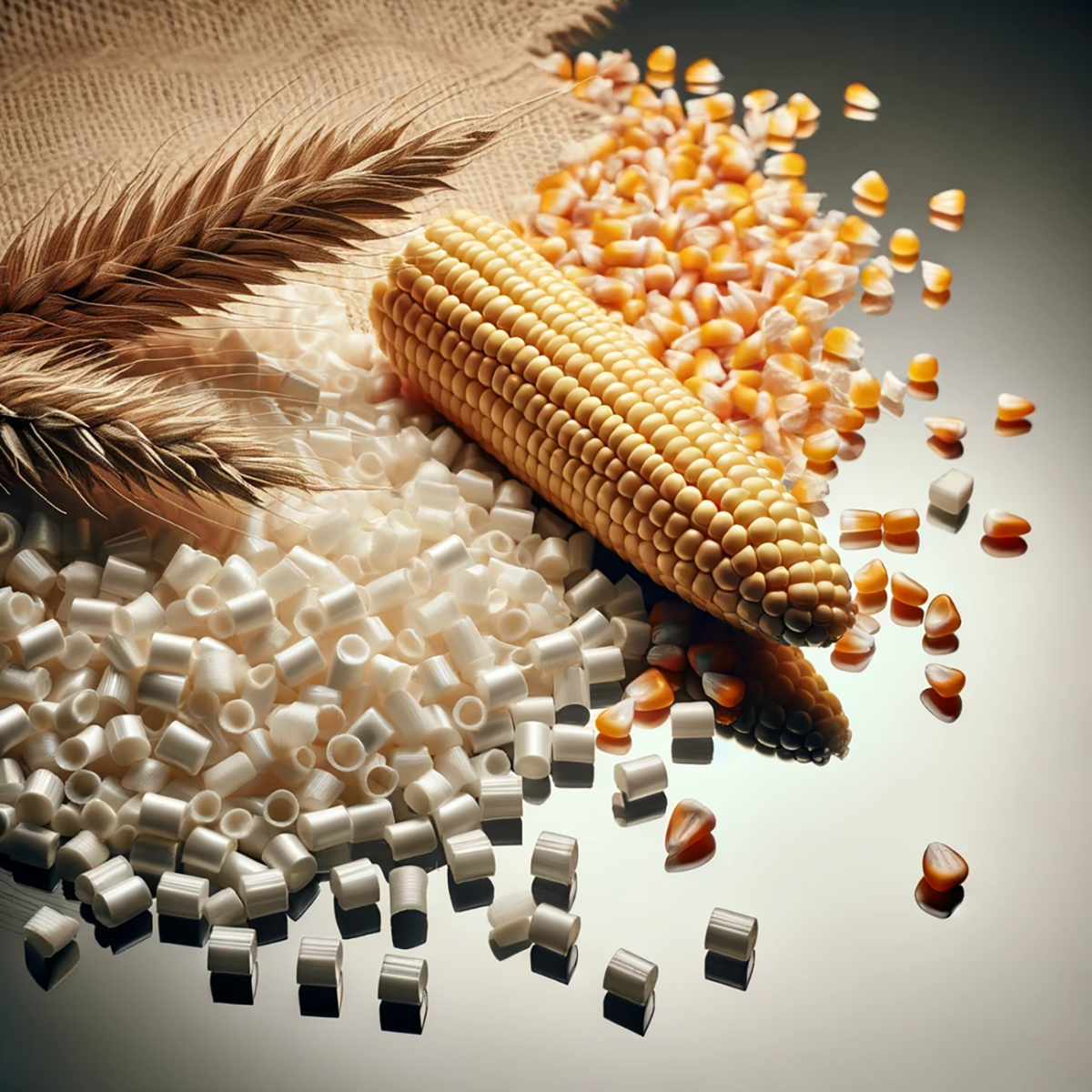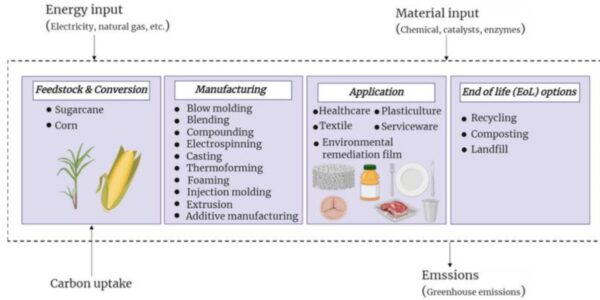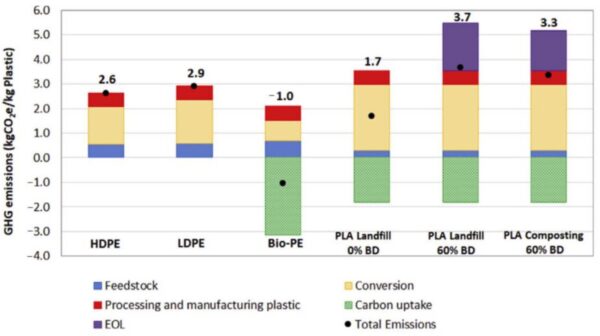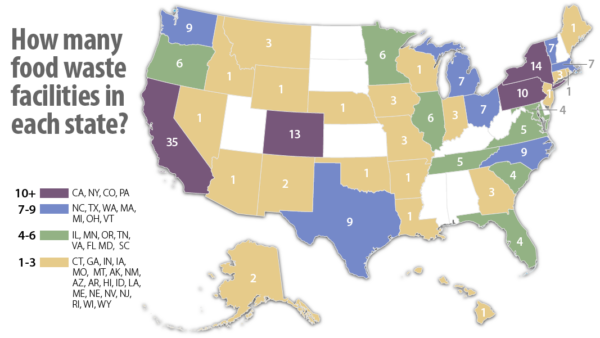PLA: Sustainable Future?

Marked by an urgent need for sustainable solutions, the quest for environmentally friendly materials has never been more critical.
Enter Polylactic Acid (PLA), a biodegradable and compostable alternative to conventional plastics, heralded for its potential to revolutionize our approach to materials and waste.
PLA originates from renewable resources such as corn starch and sugarcane, making it a poster child for green material science. This bioplastic production, involving the fermentation and polymerization of plant-based sugars, offers a greener alternative to petroleum-based plastics, capturing the attention of industries and environmentalists alike.
Biodegradability and Compostability
Furthermore, PLA’s standout feature is its compostability in industrial settings, which could dramatically reduce plastic pollution and landfill waste. However, effective composting of PLA requires specific environmental conditions, a primary challenge given the scarcity of industrial composting facilities. Moreover, the gap in infrastructure, especially in big cities, complicates PLA disposal, potentially offsetting its environmental benefits.
Reduced Carbon Footprint
Plastics typically have a low carbon footprint. However, PLA generates more CO2 than conventional polymers because of its decomposition process, which increases its CO2 emissions at the end of its life.
Industrial Composting Requirement
PLA’s compostability hinges on access to industrial composting facilities, which are not widely available. This limitation raises questions about the practicality of PLA disposal and its environmental benefits in the absence of proper composting infrastructure.
Moreover. many big cities do not even have the correct industrial facilities for the process, which leads to the PLA being discarded into landfills. The “BioCycle Nationwide Survey: Full-Scale Food Waste Composting Infrastructure In The U.S.” mentions that 20 US states have just between 1-3 composting facilities, and 10 US states have none.
In response to inquiries regarding the certification standards for compostable food-contact packaging, eighty facilities provided insights. Many facilities (45) stipulate certification by BPI (Biodegradable Products Institute) as a prerequisite. Additional required certifications encompass the ASTM D6400/6868 compostability standard (31), field-testing by the Compost Manufacturing Alliance (16), and international certification schemes such as TUV/OK (3). Eleven facilities mandate pre-acceptance product testing, while seven do not demand any certification.
Reasons for Refusal of Food-Contact Packaging Acceptance
According to “BioCycle Nationwide Survey: Full-Scale Food Waste Composting Infrastructure In The U.S.” facilities declining acceptance of compostable packaging were surveyed to identify the factors influencing their decision, using a multiple-choice format. Of the 55 responses received, 78% (43) cited contamination concerns from visually similar single-use plastic packaging and film plastic bags as the primary deterrent. Other factors mentioned include:
- Limited disintegration of compostable bioplastics in the composting process: 32 respondents
- Incompatibility with compost sold to certified organic growers (bioplastic-containing compost unsuitable for certified organic usage): 28 respondents
- Inadequate product labeling to ensure packaging certification as compostable: 27 respondents
- Potential for PFAS contamination in molded fiber products: 26 respondents
Recycling Conflicts
PLA cannot be recycled in the traditional recycling stream, instead it must be composted. Introducing PLA into recycling streams poses a challenge, as it can pollute traditional plastic recycling. Sorting and recycling PLA efficiently remains a significant hurdle, complicating waste management efforts.
Production and Life Cycle Concerns
Critics argue that utilizing crops for PLA production could impact food supply and prices, highlighting a need for careful consideration of agricultural resources and land use.
When pitted against other bioplastics, PLA stands out for its balance of performance and environmental benefits. However, its economic viability and scalability are crucial factors determining its role in mass adoption and sustainability efforts.

PLA life cycle with potential emissions at different stages. Courtesy of The Life Cycle Assessment for Polylactic Acid (PLA) to Make It a Low-Carbon Material.
Future Perspectives
Looking ahead, technological advancements and infrastructural developments are key to overcoming PLA’s current limitations. Government policies and market demand for sustainable products will also shape PLA’s trajectory, influencing its adoption and environmental impact.
While PLA offers a promising path toward sustainability, its journey is fraught with challenges. A holistic approach that addresses production, disposal, and policy is essential. As we navigate these complexities, PLA’s role in the future of sustainable materials remains a topic of keen interest and ongoing debate.



Regarding recyclability of PLA: I would prefer not to say: “PLA cannot be recycled in the traditional recycling stream, instead it must be composted.”
As you add later: PLA could be recycled IF an appropriate stream would be created. As long as this is not the case, indeed a problem exists as PLA could now contaminate PET waste streams.
In my opinion composting of any valuable plastic is not a viable option. The only (energy-)economical use of compostability is nature-degradability (soil, marine) for e.g. agricultural use.